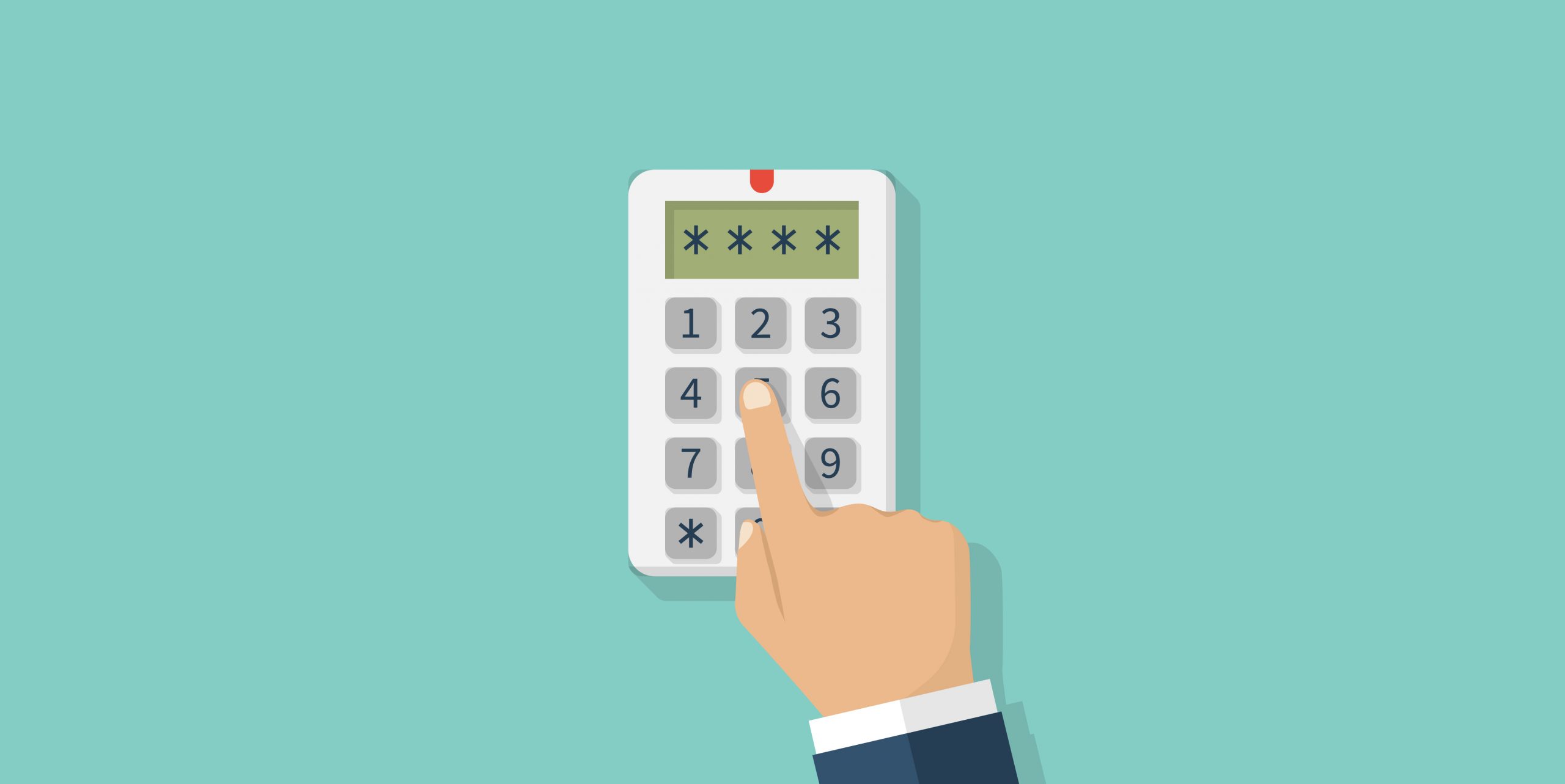Starting in January 2021, the IRS Identity Protection PIN Opt-In Program will be expanded to all taxpayers who can properly verify their identity. Previously, IP PINs were only available to identity theft victims.
What is an Identity Protection PIN?
An identity protection personal identification number (IP PIN) is a six-digit number assigned to eligible taxpayers to help prevent their Social Security number from being used to file fraudulent federal income tax returns. This number helps the IRS verify a taxpayer’s identity and accept their tax return. Taxpayers with either a Social Security Number or Individual Tax Identification Number who can verify their identity are eligible for the program and the number is valid for one year. Each January, the taxpayer must get a new one.
How to get an IP PIN
The preferred method of obtaining an IP PIN – and the only one that immediately reveals the PIN to the taxpayer – is the Get an IP PIN tool located on the IRS website. The tool is available starting mid-January 2021 and uses Secure Access authentication to verify a person’s identity. If someone is unable to pass the Secure Access authentication, there are two alternate ways to get an IP PIN.
Taxpayers with an income of $72,000 or less should complete Form 15227, Application for an Identity Protection Personal Identification Number, and mail or fax it to the IRS. An IRS employee will call the taxpayer to verify their identity using a series of questions. Those who pass authentication will receive an IP PIN the following tax year.
Taxpayers who cannot verify their identities remotely or who are ineligible to file Form 15277 should make an appointment for in-person identity verification at an IRS Taxpayer Assistance Center and bring two forms of picture identification. After the taxpayer passes authentication, an IP PIN will be mailed to them within three weeks.
What else taxpayers need to know before applying:
- The IP PIN must be entered correctly on electronic and paper tax returns to avoid rejections and delays.
- Any primary or secondary taxpayer or dependent can get an IP PIN if they can prove their identity.
- Taxpayers who want to voluntarily opt into the IP PIN program don’t need to file a Form 14039, Identity Theft Affidavit.
- The IRS plans to offer an opt-out feature to the IP PIN program in 2022.
Confirmed victims of tax-related identity theft
For confirmed victims of tax-related identity theft, there is no change in the IP PIN Program. These taxpayers should still file a Form 14039, Identity Theft Affidavit if their e-filed tax return is rejected because of a duplicate SSN filing. The IRS will investigate their case and once the fraudulent tax return is removed from their account, they will automatically receive an IP PIN by mail at the start of the next calendar year.
IP PINs will be mailed annually to confirmed victims and participants enrolled before 2019. For security reasons, confirmed identity theft victims can’t opt-out of the IP PIN program. Confirmed victims also can use the IRS Get an IP PIN tool to retrieve lost IP PINs assigned to them.
As a reminder, taxpayers should never share their IP PIN with anyone but their tax provider. The IRS will never call to request the taxpayer’s IP PIN, and taxpayers must be alert to potential IP PIN scams. If you have any questions about the IP PIN, don’t hesitate to call.

